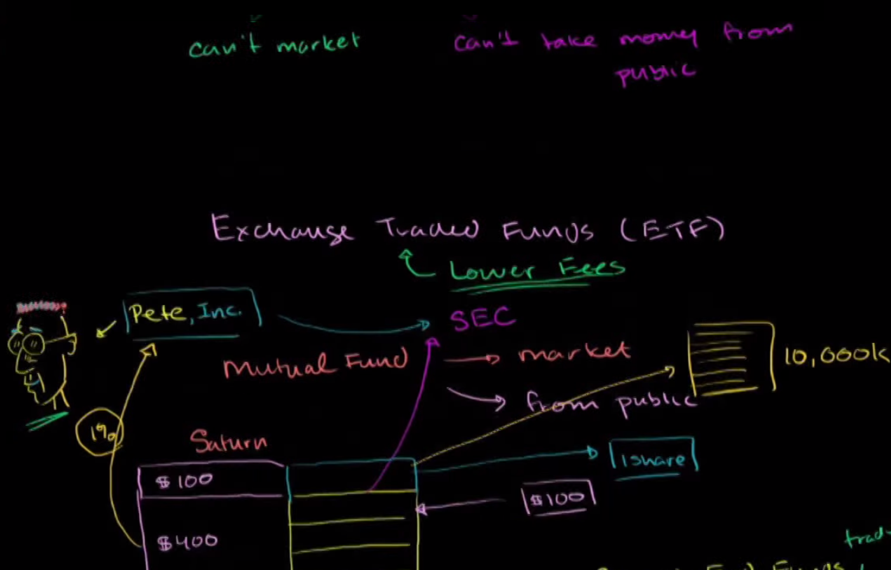Now’s the perfect time to make the switch to solar energy. It’s a movement that’s worth joining. The installation of solar panels will go up more than three times by 2030.
There’s no need to be wealthy to install solar panels. Solar power is becoming more accessible because of solar incentives. Take advantage of different incentives to reduce the cost you pay for a solar energy system.
Read on to learn about the different solar incentives available.
What Are Solar Incentives?
The cost of solar energy systems has gone down in recent years. It’s still a significant investment. The good news is that there are solar incentives that help make it more affordable.
Solar incentives can come in different forms. These include solar rebates and tax benefits. They can reduce the cost of a system by anywhere from 26 to 50 percent.
Data shows that these incentives are working. About 70% of homeowners installed solar panels because they were able to get an incentive. The incentives do help make solar energy systems more accessible.
The Federal Investment Tax Credit You Must Know About
The federal government is doing its part to help Americans make the switch to solar energy. It offers several incentives that are now up for grabs.
The federal investment tax credit (ITC) is one of the most popular solar incentives. This solar incentive offers homeowners back a percent of what they paid on taxes.
This isn’t a tax deduction. Think of it as a tax credit that directly offsets what you would otherwise owe in taxes. You don’t get taxed on a lower income.
This federal ITC allows you to offset what you owe in taxes. You may even get a refund on your taxes.
How much can you get back on your taxes, you ask? In 2021, this federal ITC gave back 26% of what a person paid for solar panels on their taxes. In 2022, this percentage still stands.
It’s important to note that this percentage will go down. In 2023, the percentage will go down to 22%.
This solar incentive is set to expire in 2024. Congress may decide to renew it as it did in 2020. As of this writing, there’s no word if Congress will do so.
Take this as your sign to take advantage of the federal ITC. You don’t want to lose out on this great tax credit.
How the Federal ITC Works
The federal ITC is open to U.S. homeowners who own their solar panel systems. You can only claim the federal ITC once.
It can roll over to the following year. This can occur if the taxes you owe are less than the credit you earn.
Here’s an example, so you can learn how this solar incentive works. Let’s say you install a solar panel system that costs $19,000. With the federal ITC in effect, you’ll owe $5,700 less on your taxes.
You have to determine what your tax liability is. If it’s less than $5,700, it’ll roll over. You’ll have the chance to apply the credit to next year’s taxes.
There are several components that the federal ITC covers. It covers the panels and batteries. It also covers labor and sales tax.
It may also cover additional equipment. This may include the wiring and inverters.
State Tax Credits
Several states have their own tax credits. Arizona, Maryland, and South Carolina are some of the states that offer a tax credit.
Arizona residents have the Residential Arizona Solar Tax Credit. This solar tax credit allows them to get back 24% of the cost of their solar panels off their taxes.
Maryland has the MD solar rebate program. This program pays Maryland residents $1,000 to install a solar energy system.
South Carolina lets its residents claim 25% of the cost of a system off their taxes. Those who don’t get the full value of the credit in one year have the option to roll it over. It can carry over for up to a decade.
These tax credits work just like the federal ITC. You do apply your state’s tax credit to your state taxes.
Keep in mind that the amount of tax credit varies. You must make sure that you find out how much you can get back with your state’s tax credit. You may even be able to pair your state’s tax credit with the federal ITC.
Your state might not have a solar tax credit. You may still be able to use solar renewable energy certificates (SRECs). Utilities can buy your SRECs, which you can get as income.
You can earn one SREC for every megawatt hour of electricity your system generates. It’s like getting paid for using your system.
Cash Rebates
You may be able to get up-front cash rebates for installing a solar energy system. They can be hard to come by, but it’s worth seeing if you can qualify for them.
States and municipalities can offer them. Some utility companies offer them. If you can get these rebates, you can further reduce your system costs by up to 20%.
Now it’s time you install your solar energy system. It takes a professional solar company like Blue Raven to complete this project. Click the link to learn if there are any Blue Raven locations near you.
Use These Solar Incentives
These are the solar incentives you should look out for. Take advantage of all these solar incentives, and they’ll help you reduce the cost of installing a solar energy system. You’ll not be disappointed.
Make sure to explore the rest of our blog to continue reading more great articles.

Founder Dinis Guarda
IntelligentHQ Your New Business Network.
IntelligentHQ is a Business network and an expert source for finance, capital markets and intelligence for thousands of global business professionals, startups, and companies.
We exist at the point of intersection between technology, social media, finance and innovation.
IntelligentHQ leverages innovation and scale of social digital technology, analytics, news, and distribution to create an unparalleled, full digital medium and social business networks spectrum.
IntelligentHQ is working hard, to become a trusted, and indispensable source of business news and analytics, within financial services and its associated supply chains and ecosystems



























